Rating battles in Armenia: Impeachment, elections or street protests? Expert opinions on Caliber.Az
Fresh data has been released in Armenia regarding the political preferences of the country's citizens. The latest public opinion poll results were presented by Aram Navasardyan, head of the Armenian branch of the research organisation Gallup International Association.
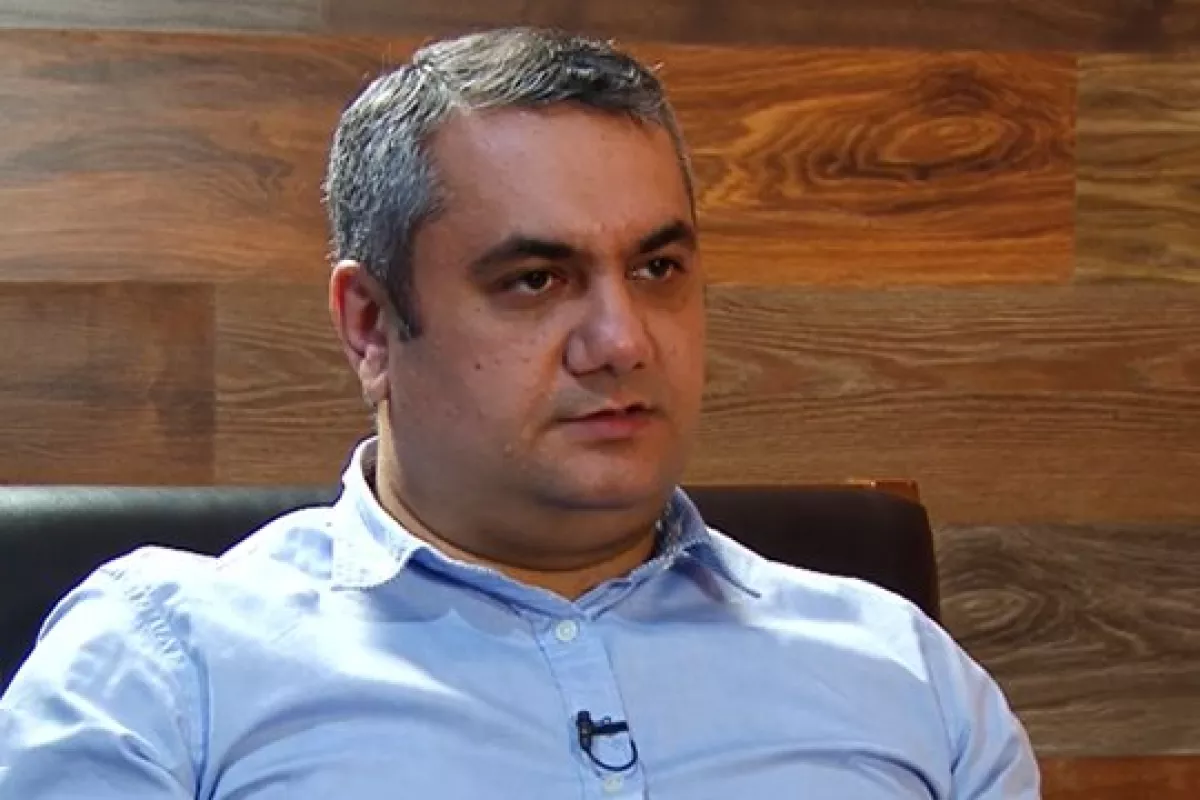
According to the survey, 21% of respondents had a positive view of the initiative to impeach Armenian Prime Minister Nikol Pashinyan, 17% viewed it somewhat positively, 14.2% somewhat negatively, 30% negatively, while 17.9% found it difficult to answer.
When asked about the most effective way to remove Pashinyan from power, 36.4% of respondents in Armenia said snap elections, 29.8% supported his voluntary resignation, 10.1% opted for street protests, 5% chose impeachment, 3.1% gave other answers, 7.6% were undecided, and 16.9% stated that Pashinyan should not step down as prime minister.
The survey was conducted via telephone interviews between April 29 and May 2, with a total of 1,110 participants.
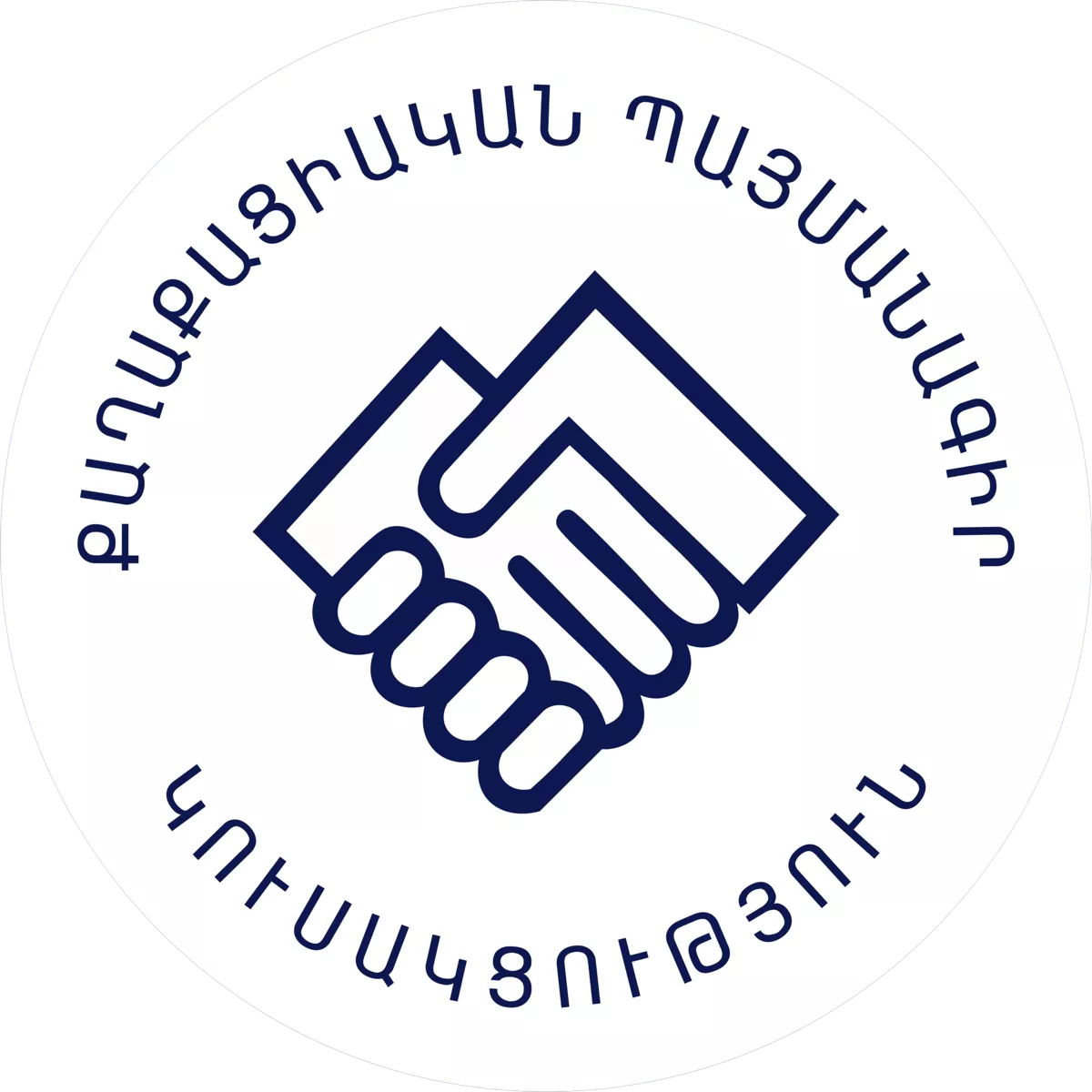
If parliamentary elections were held next Sunday, the ruling Civil Contract party would receive only 11.8% of the vote. In second place would be the opposition Armenia Alliance, led by former President Robert Kocharyan. This political bloc, which currently holds the second-largest faction in Armenia’s National Assembly, was backed by 8% of respondents.
Trailing significantly behind were the Republican Party of Armenia (associated with Serzh Sargsyan and responsible for forming the "I Have Honour" faction, the third-largest in the current parliament) with 3.7%, and Gagik Tsarukyan’s Prosperous Armenia Party (PAP) with 3.2%.
Rounding out the top five was the Democracy, Law, Discipline party (2.9%), led by Vardan Ghukasyan, who has been residing in the United States for some time and is currently wanted in Armenia in connection with a criminal case.
According to the poll, 23.7% of respondents said they do not intend to vote. Another 5.5% said they would vote for "none of the above," 6.4% refused to answer, and 18.5% were undecided.
By comparison, in a similar poll conducted in July last year, Civil Contract had 14.4% support, while the Armenia Alliance stood at 3.7%.
A comparison of the latest poll results with previous data from the Armenian branch of Gallup reveals several noteworthy shifts. The decline in the rating of the Civil Contract party has continued — a negative trend for Prime Minister Pashinyan's ruling party. However, there is a broader question of whether the 11.5% figure accurately reflects the party's actual level of public trust at this stage. Supporters of Civil Contract have previously dismissed the credibility of Gallup’s Armenian office, claiming the organisation is allegedly funded by individuals close to Robert Kocharyan.
Following the publication of the latest results, similar accusations were again voiced from within the Civil Contract camp. Indeed, Robert Kocharyan’s Armenia Alliance has seen its support rise by 3.3% since the previous poll in January, while the Republican Party of Armenia, associated with another former president, Serzh Sargsyan, gained 1.5%. Against this backdrop, Civil Contract’s loss of a “modest” 0.3% was also noted.
There appears to be a steady erosion in the popularity of the Civil Contract party — a goal the radical opposition has pursued for years, with varying degrees of success, through its core demand for the immediate resignation of Nikol Pashinyan.
In addition, according to the survey, over one-third of Armenian citizens do not believe the country will be able to join the European Union. More than 18% viewed the ruling Civil Contract party’s related initiative as nothing more than a campaign ploy. Clearly, the poll has revealed some striking insights into the approval ratings of Pashinyan and his party. But how accurately do these responses reflect the real political climate? Is it true, as some suggest, that the polling agency in question is politically biased? Or, despite such claims, do the published figures provide a relatively accurate snapshot of public sentiment in Armenia today?
Caliber.Az put these questions to leading analysts from the neighbouring country.
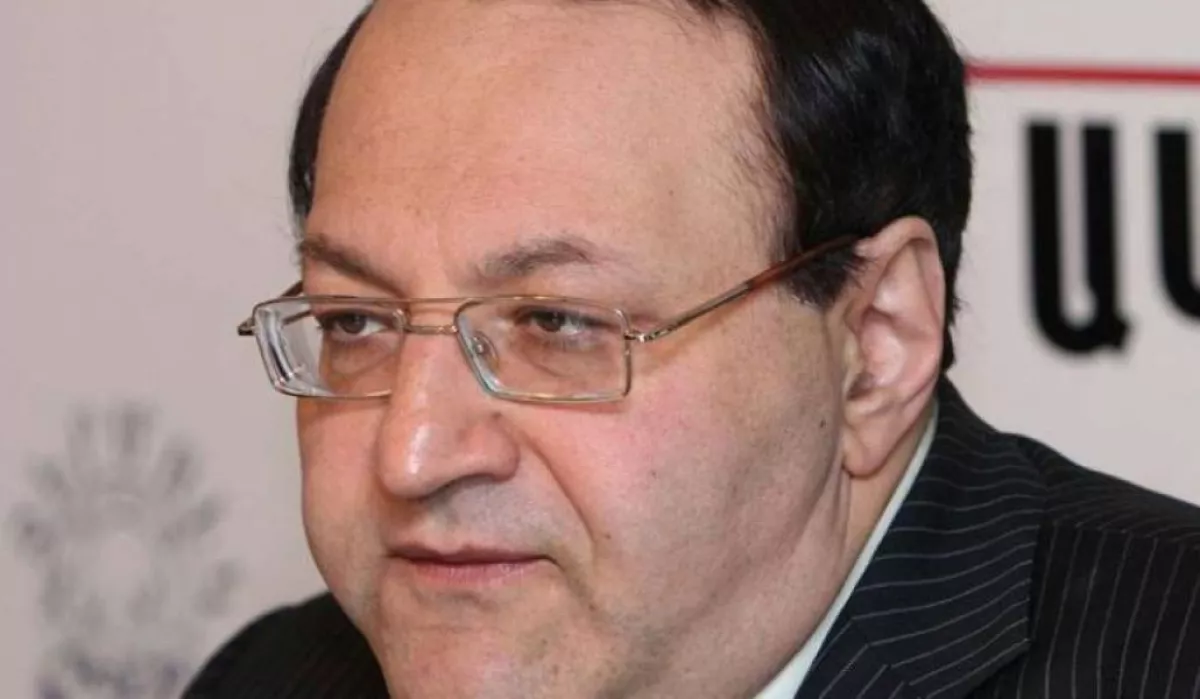
“This telephone survey — especially with a sample size of just one thousand — is simply not serious,” said Dr. Hamayak Hovhannisyan, President of the Armenian Association of Political Scientists. “The sponsors of this obvious eyewash didn’t even bother to conceal their manipulation.
We are dealing here with run-of-the-mill sociological propaganda, which has been widespread in post-Soviet countries since the 1990s and has barely changed over the years — though it has learned to hide behind respectable names like the 'Gallup Institute’.
There is no doubt that the approval ratings of all political parties in Armenia are currently extremely low — you don’t need a poll to realise that. As for this particular survey, we should view it as a paid fabrication ordered by forces currently represented in our parliament — both the ruling authorities and the so-called 'Karabakh clan’ or former regime figures. It’s not hard to see that this fabrication is aimed at justifying the reproduction of the existing status quo in the next convocation of Armenia’s National Assembly — more or less preserving the current proportions of Pashinyan’s supporters and the ‘old guard’ represented by the camps of Robert Kocharyan and Serzh Sargsyan.”
According to the political scientist, the so-called opposition and authorities have lately decided — for purely tactical reasons — to simulate some sort of “serious discord” in order to inject a semblance of intrigue into what is otherwise a thoroughly cynical political setup.
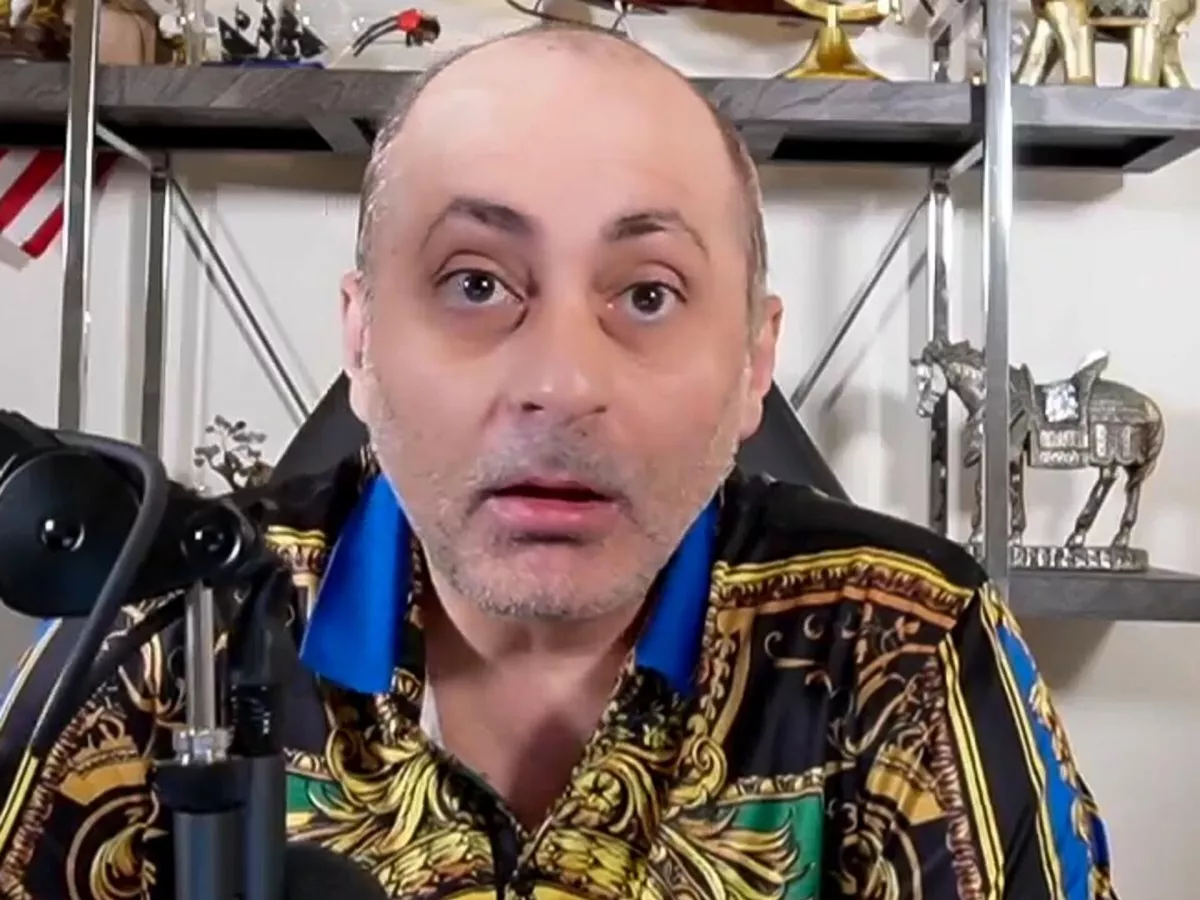
“But in truth, there is no intrigue at all! These supposedly antagonistic 'former' and 'current' forces are merely trying to preserve their existing positions in the next parliament, to maintain the status quo and, above all, to keep out the only real political wild card today — Vardan Ghukasyan, known as ‘Dog,’ who has been residing in the United States for a suspiciously long time. The real question is: who fears this political troublemaker more — the Kocharyan camp, the Sargsyan camp, or Pashinyan’s camp?
Judging by their actions and the rhetoric of their affiliated media outlets, they all clearly understand that the only force capable of disrupting their game is this very ‘scandalous figure’ and his equally ‘scandalous’ Democracy, Law, Discipline party.”
“In fact,” Hovhannisyan predicts, “the pre-election situation in Armenia is evolving in much the same way as the crisis in Russia after the October 1993 events — when, to the great dismay of both liberals and communists, the ‘political adventurist’ Vladimir Zhirinovsky and his controversial LDPR party triumphed in the parliamentary elections.”
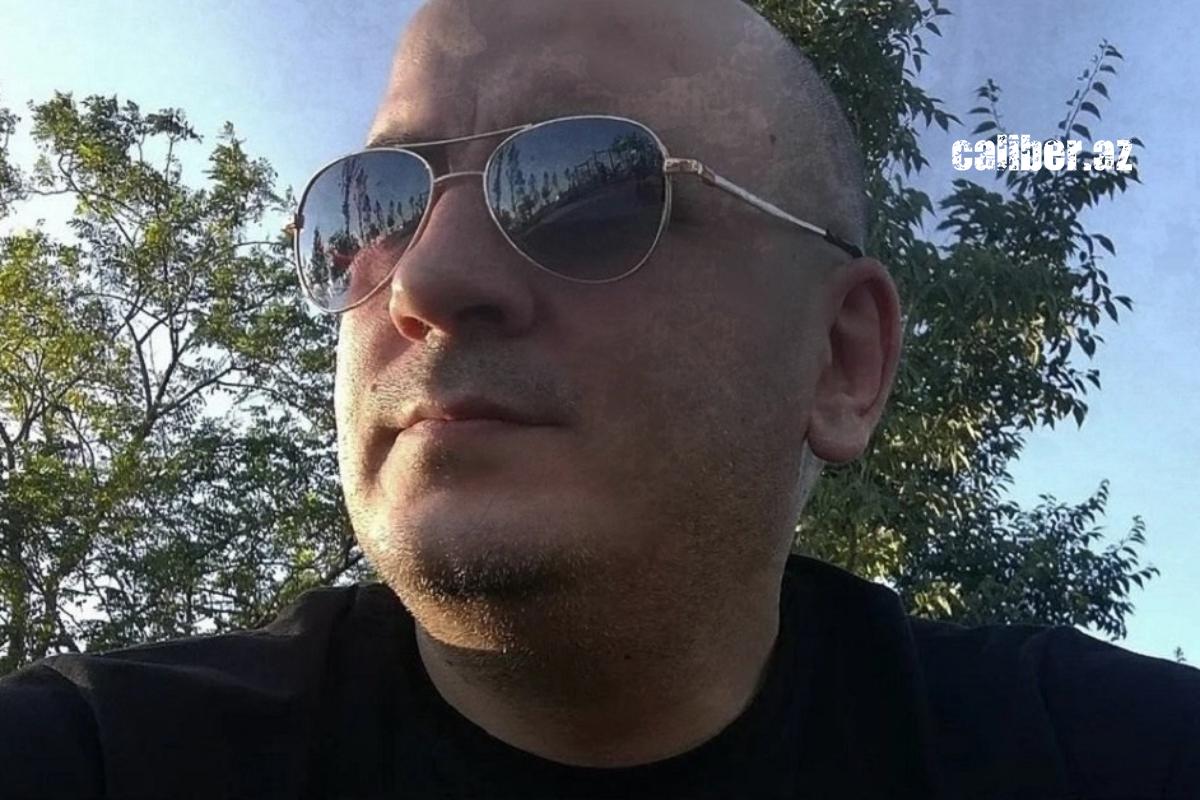
Armenian analyst and publicist Ishkhan Verdyan, for his part, stated that the organisation in question has previously been caught publishing inaccurate polling results.
“It’s worth adding that there’s been more than just one or two such surveys — some of them were even timed to coincide with specific events, like local elections and similar occasions — and they all turned out to be false, as they failed to reflect the real state of affairs,” he noted.
“This outfit with its so-called ‘polls’ is just another tool for manipulating public opinion — and there’s no shortage of such tools in Armenia. The opposition, led by Robert Kocharyan, is making effective use of them in pursuit of its ultimate goal: overthrowing Nikol Pashinyan,” the publicist said.
Therefore, Verdyan believes it would be a mistake to rely on this organisation’s data or to base any analysis upon it.
“They’re painting the picture they want to see — not the one that actually exists. And the real picture is that Nikol Pashinyan still retains the support of a significant portion of Armenia’s citizens, although not as confidently as during the 2021 parliamentary elections.
Delays in addressing key issues and the inadequacy of his team are certainly affecting the prime minister’s approval ratings, gradually eroding them. However, this decline has not yet reached a critical level,” Verdyan concluded.








